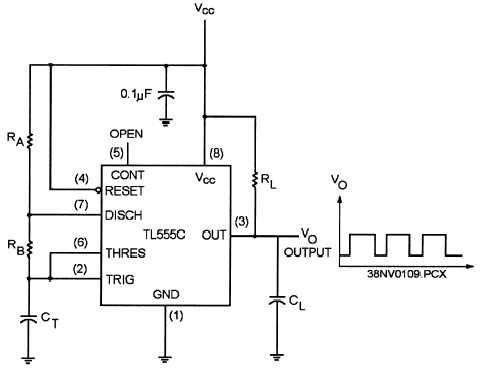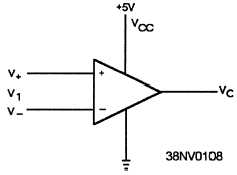current bipolar or MOS digital signals. Driver
integrated circuits include peripheral and display
drivers used inside an equipment.
Line Driver and Receiver Integrated Circuits
Line driver and receiver integrated circuits are used
to transmit digital information from one subsystem or
system to another. A line driver is used at the
transmitting end and a matching line receiver is required
at the receiving end. Line drivers and receivers provide
a reliable transfer over short and long distances for the
high-speed digital signals, which are degraded by noise
and attenuation (especially over long distances). They
accomplish this by the line driver converting the input
digital signals to current pulses in the transmission line
(cable). During the course of travel, the current pulses
produce very low voltages at the receiver. The receiver
detects the signals using high gain and a very low
threshold.
FUNCTIONAL USES OF LINEAR IC’S
The functions of linear circuits can be classified
into three groups: general linear circuits, systems
interface circuits, and consumer-and-communications
circuits. The first two types, general linear circuit and
system interface circuit functions, are used in the
architecture of computers.
Figure 4-33.—Example of a comparator symbol.
General Linear Circuits
General linear circuits perform the amplifying
functions inside the computer. They are used for a
variety of functions in the computer’s memory, I/O, and
power supply.
Some of the functions are
analog-to-digital converters, comparators, voltage
regulators, switching regulators, and timers.
ANALOG-TO-DIGITAL (A/D) CON-
VERTERS. —These circuits are used to input analog
data to digital data so the data can be processed by the
computer’s digital logic circuits.
COMPARATORS, VOLTAGE REGULA-
TORS, AND SWITCHING REGULATORS.—
These circuits are used in power supplies to regulate
output power and to detect abnormal input power
Figure 4-34.—Example of a timer circuit for astable operation.
4-20




